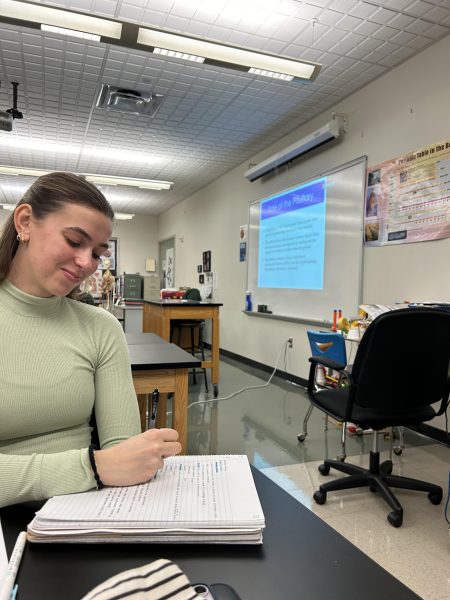SAT: Is it still needed?
Most high school students are familiar with the college entrance exam known as the SAT. This test claims it measures a student’s readiness for a college education and is a great predictor of how a particular individual will do in higher education. The SAT has been around since 1926 and while it may have been important in the past, it is severely outdated and is no longer a good predictor of a student’s readiness for college.
The SAT tests a student’s ability in writing and language as well as mathematics. However, all students are at a different level when it comes to how advanced they are in those subjects. For example, the highest level of math on the SAT is geometry. While this is good for students currently having geometry or just recently passing the class, some students haven’t taken a simple geometry class since middle school. Not every student is on the exact same path the SAT tests for. Studies have even shown that test-taking abilities don’t properly gauge a student’s ability to perform.
Even many colleges are starting to step away from using the SAT in their admissions. George Washington University President, Thomas LeBlanc, said: “We know what the best predictor of college performance is high-school performance, not the SAT”. George Washington University has been test-optional since 2015 on their belief that coursework and the rigor of high school classes are enough of an indicator of how a student will do in college.
On the other hand, the SAT can make up for application weakness for some students and increase their odds at admission. The SAT is also a very simple way to decide if someone should be admitted into higher education. With universities as large as Penn State, it would be almost impossible to look at each individual applicant in-depth. The SAT allows for the college admissions process to be quicker and by removing it, admission decisions may take longer. But, by removing the SAT overall, students could focus more on doing well in high school rather than stressing over a test that determines their future. To help aid larger schools, they could make the deadlines for their applications sooner which would allow them more time to review every application. Colleges could then focus more on what students do over 4 years in high school rather than their score on a 4-hour test.
Payton Mann is currently a senior at Pennridge High School. She is interested in snowboarding and currently runs Track and Field for the school team. Payton...









